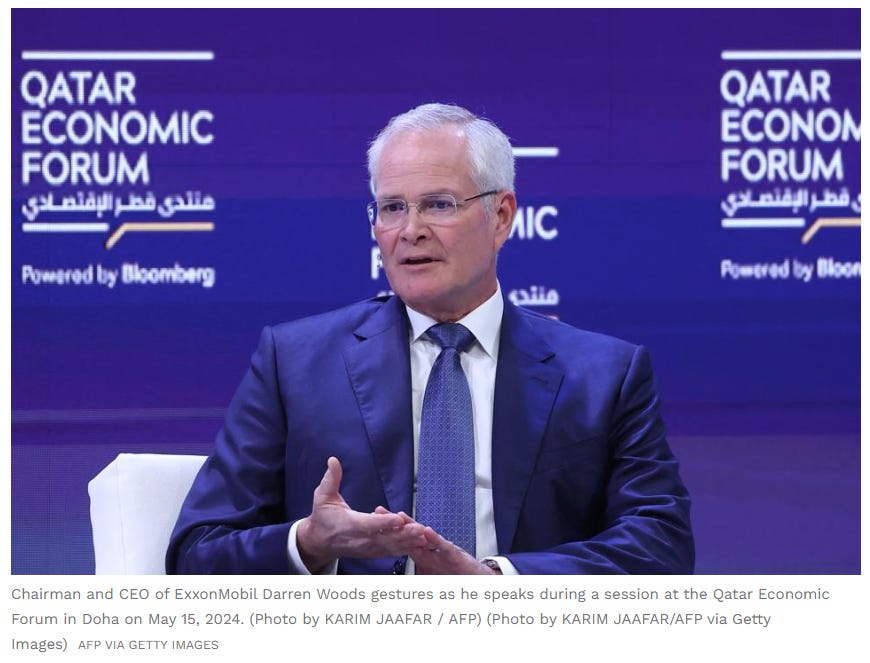ExxonMobil announced plans on Wednesday to raise its oil production by 18% by 2030, investing between $28 billion - $33 billion annually to make it happen. While most of the capital will be dedicated to the company’s core oil and gas business, the plans call for as much as $30 billion to be invested in low emissions projects through the company’s Low Carbon Solutions business unit.
"ExxonMobil has a unique set of highly valuable competitive advantages that equip us to do what few companies have ever done – create world-scale solutions to society’s biggest challenges, decade after decade," said Darren Woods, ExxonMobil Chairman and CEO said in a release.
Key Positions In The Permian Basin, Guyana
ExxonMobil’s plans to raise its overall production from the current 4.58 million barrels of oil per day (bpd) to 5.4 million bpd focus mainly on its massive position in the Permian Basin of West Texas and Southeastern New Mexico, and on its rapidly growing production in the deep waters offshore Guyana. “By 2030, at a 2024 dollar real Brent price of $65 per barrel, a real Henry Hub price of $3 per mmbtu, and a real TTF price of $6.50 per mmbtu, the company plans to deliver an additional $9 billion in Upstream annual earnings potential – more than 50% higher than in 2024,” the company notes.
The Woodlands-based US giant’s dominant position in the Permian Basin was enhanced last October with its buyout of big independent producer Pioneer Natural Resources, a deal that was completed in May of this year. As a result, ExxonMobil enjoys the biggest acreage position in the most active and prolific oil producing basin in North America, with “with double the number of low-cost net drilling locations versus the next closest competitor.”
Keep reading with a 7-day free trial
Subscribe to Energy Transition Absurdities to keep reading this post and get 7 days of free access to the full post archives.




